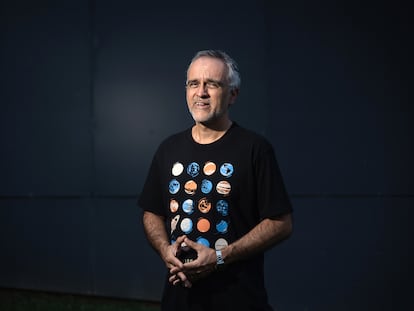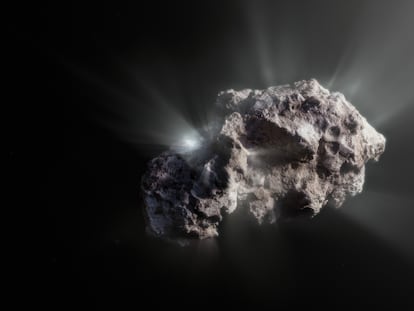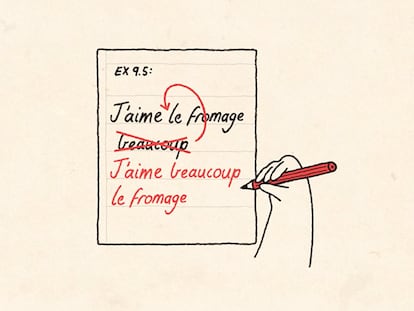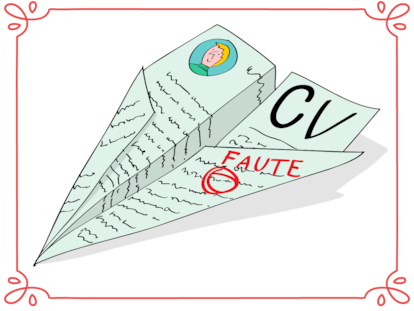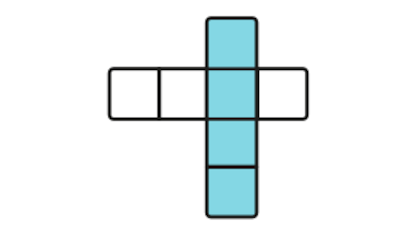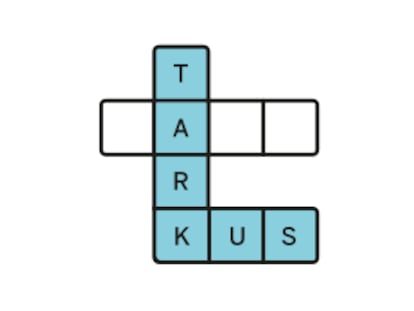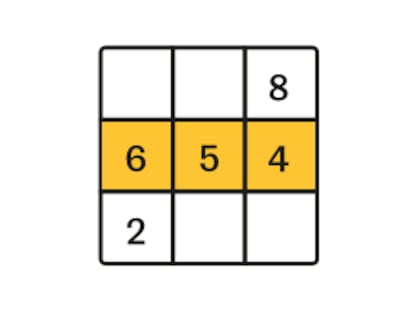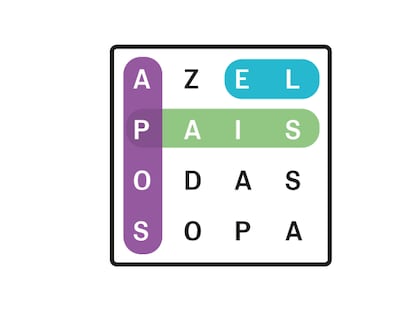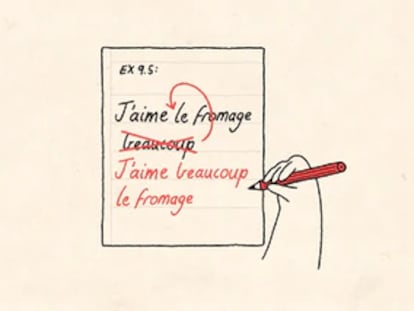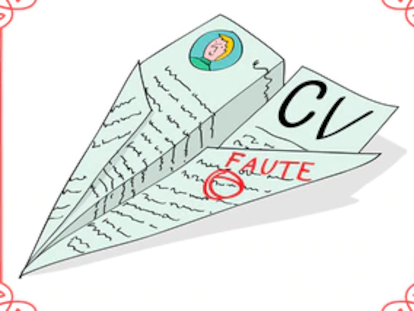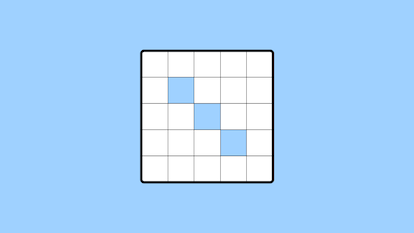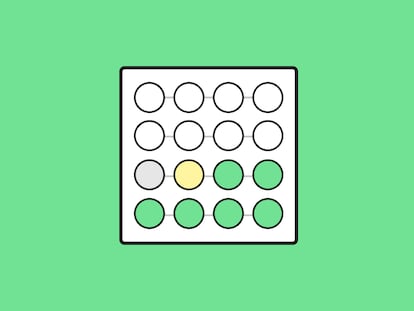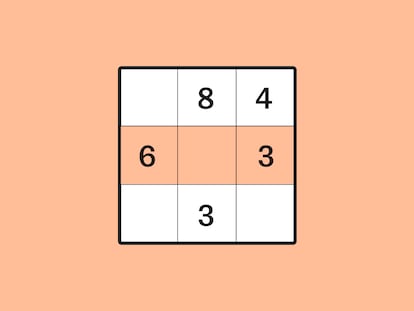Asteroid 2024 YR4, which threatened to hit Earth, could collide with the Moon
A new observation estimates that the space rock measures 60 meters and has a 2% chance of impacting the satellite
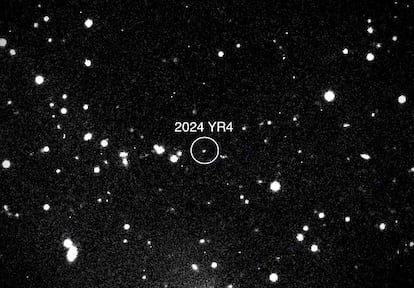
The asteroid that frightened the world just over a month ago — after it was learned that it had a 3.1% chance of colliding with Earth within eight years — could actually collide with the Moon, according to a new estimate from major space agencies. Astronomers used the James Webb Telescope, the leading international space observatory, for the first time on March 26 to analyze the asteroid. The preliminary results rule out an impact with Earth but suggest that the asteroid, named 2024 YR4, has “about a 2%” chance of crashing into the Moon, according to one of the co-authors, Julia de León.
“If it hits the Moon, it wouldn’t be dangerous for us, nothing would really happen, but it would be a wonderful opportunity to see a lunar impact and its short-term consequences,” says De León, from the Canary Islands Institute of Astrophysics. “We already know that the Moon is full of craters, and we know that very small objects collide with its surface all the time, but we’ve never seen a collision involving an object larger than 50 meters. It would be incredible,” adds the 48-year-old astronomer, who is the point of contact in Spain for the European Space Agency’s (ESA) planetary defense strategy.
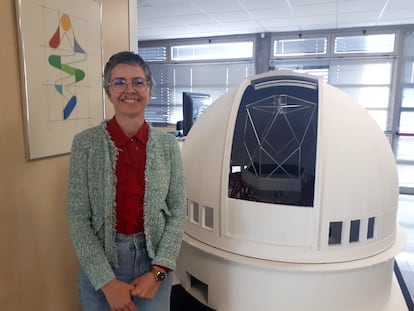
Asteroid 2024 YR4 made headlines around the world in early February when NASA and ESA warned that the asteroid, measuring between 40 and 90 meters, had more than a 2% chance of hitting Earth on December 22, 2032. Space agencies calculated an increasingly high risk for days, until a multitude of observations revealed that the chances were minuscule, close to zero, and the scientific community ruled out a collision with the planet.
New data from the James Webb Telescope have allowed for a more precise estimate of the asteroid’s size, which is around 60 meters in diameter — above the 50-meter threshold that automatically activates the Space Mission Planning Advisory Group, a team organized by the United Nations to propose plans for deflecting nearby objects that pose a threat to humanity.
“This is the threshold above which significant damage can occur. At that size, it could cause destruction within a radius of 80 to 100 kilometers,” warns De León, who recalls the case of the Chelyabinsk meteor, a 20-meter rock weighing 13,000 tons that no one saw coming, which entered the atmosphere over that Russian region on February 15, 2013. Despite its relatively small size, the ESA estimates it released energy equivalent to 35 atomic bombs the size of the one dropped on Hiroshima. The shockwave shattered the windows of thousands of buildings and injured around 1,500 people.
The planetary defense community has shifted from concern over a potential collision with Earth to excitement about the possibility of learning from a live impact on the Moon. “I hope it hits,” says De León. “We could track it with space telescopes and from the ground. That would be really cool.” Her team will use the James Webb Telescope again in May to observe the asteroid and refine the probability of a collision with the Moon.
Sign up for our weekly newsletter to get more English-language news coverage from EL PAÍS USA Edition
Tu suscripción se está usando en otro dispositivo
¿Quieres añadir otro usuario a tu suscripción?
Si continúas leyendo en este dispositivo, no se podrá leer en el otro.
FlechaTu suscripción se está usando en otro dispositivo y solo puedes acceder a EL PAÍS desde un dispositivo a la vez.
Si quieres compartir tu cuenta, cambia tu suscripción a la modalidad Premium, así podrás añadir otro usuario. Cada uno accederá con su propia cuenta de email, lo que os permitirá personalizar vuestra experiencia en EL PAÍS.
¿Tienes una suscripción de empresa? Accede aquí para contratar más cuentas.
En el caso de no saber quién está usando tu cuenta, te recomendamos cambiar tu contraseña aquí.
Si decides continuar compartiendo tu cuenta, este mensaje se mostrará en tu dispositivo y en el de la otra persona que está usando tu cuenta de forma indefinida, afectando a tu experiencia de lectura. Puedes consultar aquí los términos y condiciones de la suscripción digital.
More information
Archived In
Últimas noticias
James Cameron: ‘For the films I like to make to continue to exist, we have to find a way to make them cheaper’
Families demand repatriation of bodies of Colombians who died in Ukraine: ‘This war is a slaughterhouse for foreigners’
Can cheese protect brain health? This is what the science says
ICE raids trigger school absenteeism and traumatize children: ‘They have been forced to leave their childhood behind’
Most viewed
- Christian Louboutin: ‘Young people don’t want to be like their parents. And if their parents wear sneakers, they’re going to look for something else’
- US sanctions against jailed cartel leader ‘El Marro’ highlight Mexico’s lack of control over its prisons
- Cartels in Mexico take a leap forward with narco-drones: ‘It is criminal groups that are leading the innovation race’
- Liset Menéndez de la Prida, neuroscientist: ‘It’s not normal to constantly seek pleasure; it’s important to be bored, to be calm’
- ‘El Limones’ and the growing union disguise of Mexican organized crime

